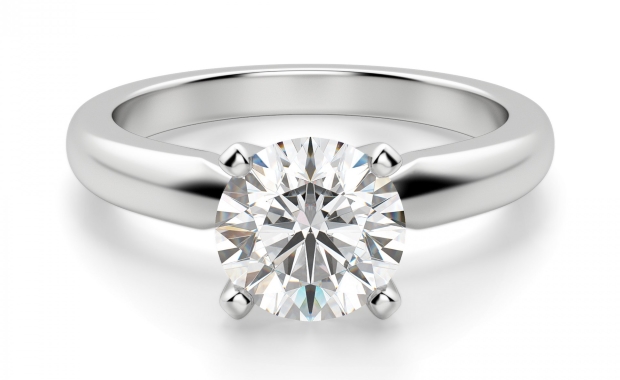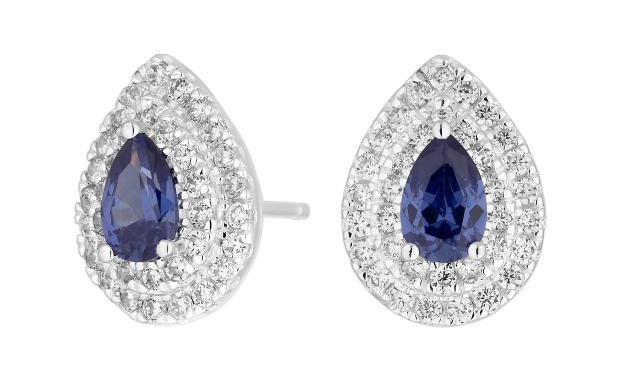Among jewelry, those with gemstones possess a brilliant and gorgeous beauty that are favored by numerous jewelers. According to jewelry experts, gemstone cut is one of the important characteristics that likely play the most crucial part in the aesthetics of a stone and a jewelry as well. Therefore, retailers should equip fundamental knowledge to make the most appropriate designs and perfect final products.
Why is it important to pick the right gem cut?

The creation of jewelry is facilitated and sped up by standard gem cutting. If they are precisely cut, they may be put into your selected piece of jewelry without requiring any metal changes. The loss of metal and the additional time caused by modifications frequently result in more costly jewelry. The other essential factor that is highly dependent on the cut is bringing out the color, reflection, and true brilliance of a gem. Keep in mind that even a simple or incorrect cut can completely ruin the brilliance or purity of a stone.
Types of gemstone shapes
Round

This cut, commonly referred to as the round brilliant cut, is the reigning most popular cut in the jewelry industry, especially for diamonds and engagement rings. Circular with 58 facets, the stone is cut to optimize the dispersion of light within a stone to maximize its brilliance. This particular shape exudes elegance and complements almost all styles of necklaces, earrings, and rings. However, since it has the highest degree of sparkle of all gemstone cuts, round cut is the most expensive cut type.
Oval

As the name suggests, it is an oval shape and is a variation on the round brilliant cut with the same number of facets. The oval cut offers the brilliance and fire of round cut gemstones but in a more unique shape. The elongated silhouette also helps to create the illusion of a larger gemstone. You will frequently find this shape on rings.
Pear

A pear gem cut is like an oval shape, but one side is pointed like a teardrop instead of two smooth curves. This shape, which can have 56 to 58 facets, wonderfully reflects light to significantly highlight the color of a stone. It is pretty popular to display an elegant yet modern look and is popular for pendants and earrings due to its ability to draw the eye downward.
Marquise

The marquise cut is an oval that has points at both ends. This form is technically challenging to cut and is also delicate due to the point ends and the significance of the facets on both sides. Hence, might find that gems that are cut into this shape are comparatively more expensive than similar weight stones in other shapes. The 57 facets of this shape are also technically demanding to cut because symmetry is of the utmost importance.
Princess

It’s risen second in popularity after the round brilliant cut. This lovely cut, which may have up to 78 facets, brings out the color of the stone from the center out to the corners. Despite the fact that princess gem cuts are no longer widespread, some individuals still adore the elegant design and fantastic glitter. It is mainly placed in jewelry that can be covered from all sides, such as a necklace or a brooch.
Cushion

A cushion gem cut is much like a princess cut, except the edges are rounded. Since it is primarily flat, it is chosen for rings when high-raised stones are not a popular choice. Because rounded edges are more popular than pointed ones, it is more prevalent than a princess cut. Its bigger facets, however, prevent it from reflecting light as well as some modern cuts.
Emerald

The term "emerald" refers to this cut's capacity to bring out the color of the stone. Initially designed for emeralds, the emerald cut is like a rectangle from the top with trimmed corners and light bounces brightly. While only averaging 50 facets, the flat pavilion of an emerald-cut can magnify the stone’s imperfections, so the gem’s clarity is key.



